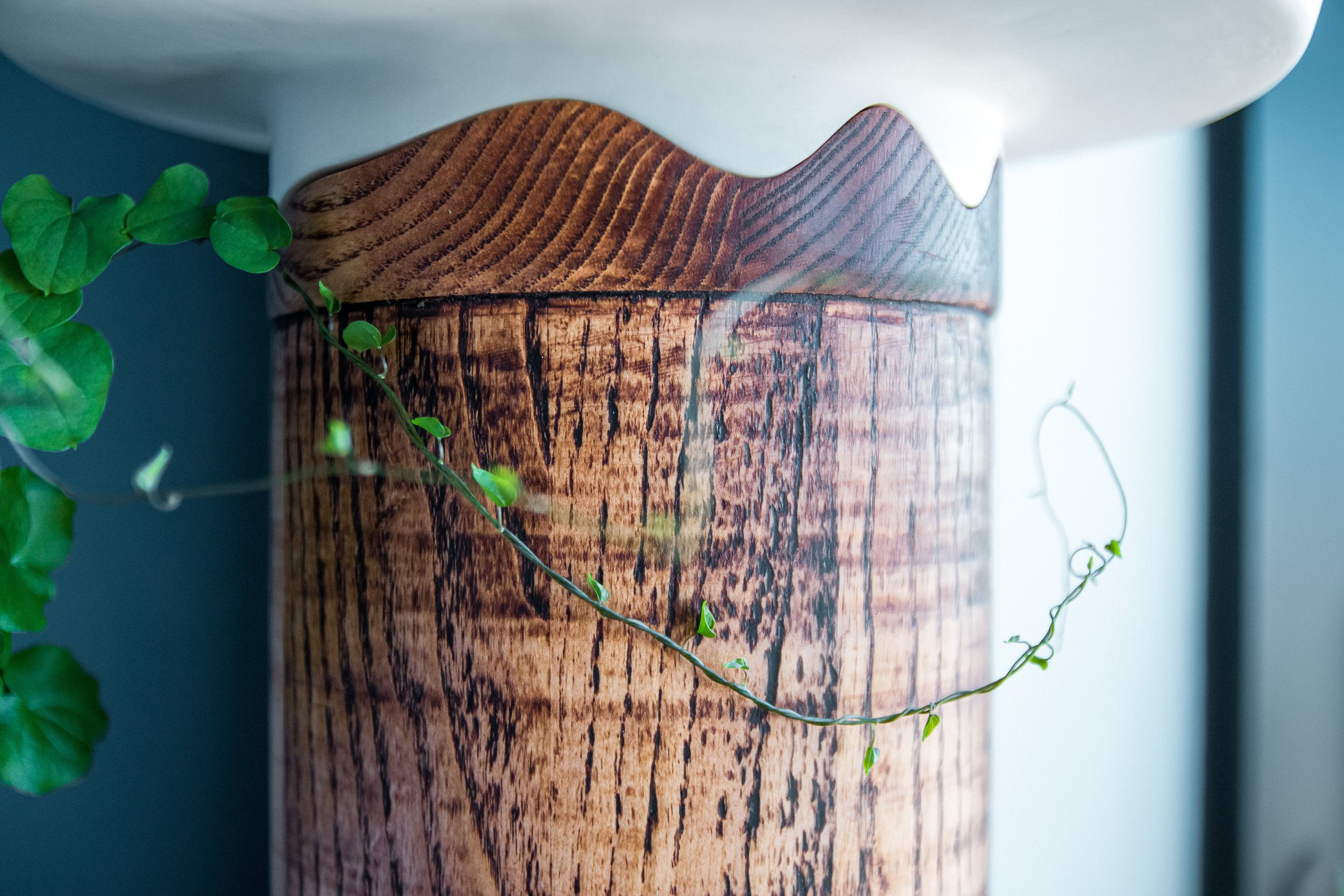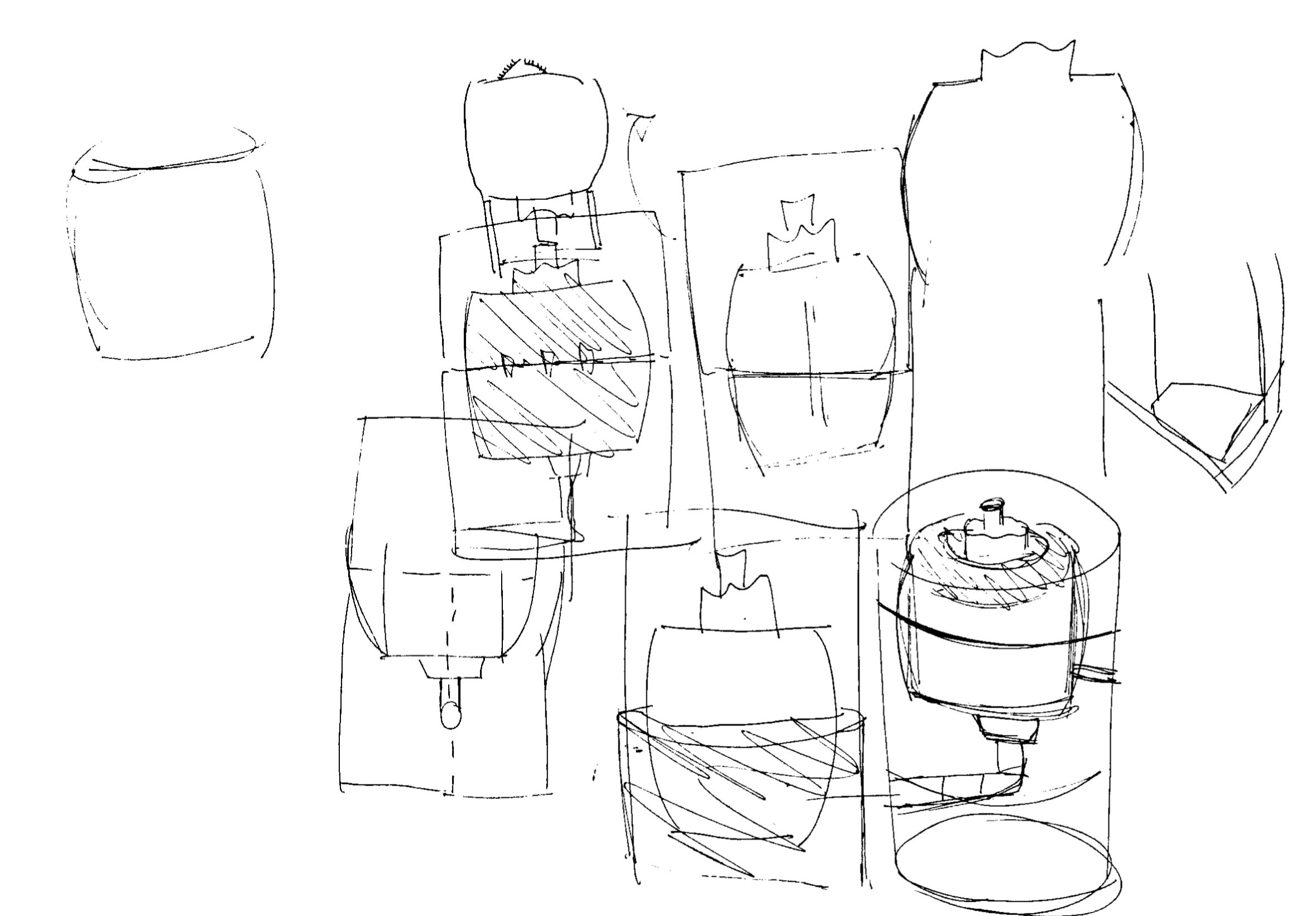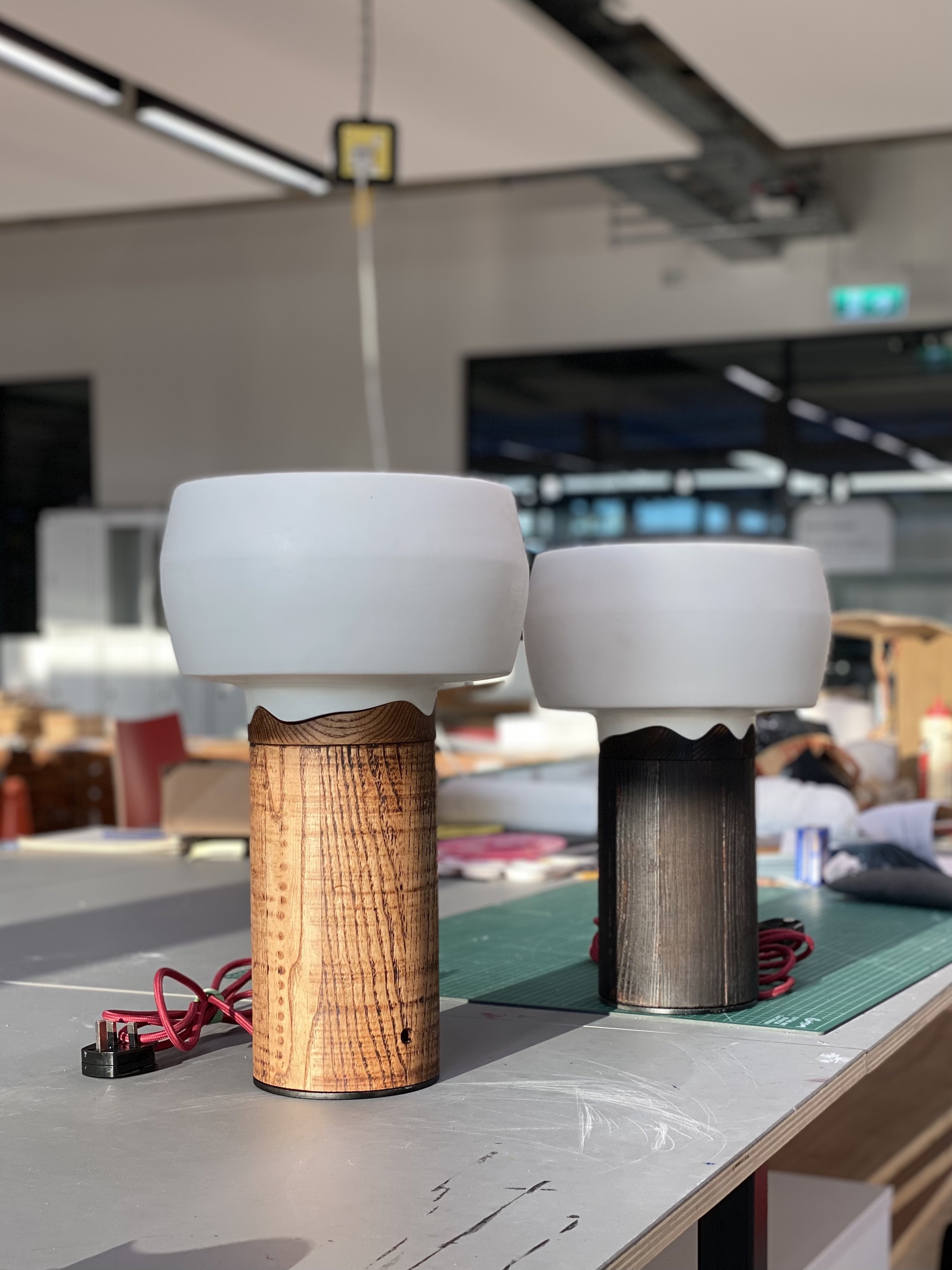
Project Shibusa
was designed with four main elements, including Cultural Identity, Sustainable, spiritual attachment, and digital fabrication. Cultural identity is part of a person’s self-conception that relates to his nationality. In furniture design, it allows users to understand its origins, culture, and history with its crafting methods and materials. I tried to apply or get inspired with some Asian traditional techniques like wood lacquering, yakisugi, joinery, ceramic, and work out a design that works in a modern environment with the purpose of reconnecting us to our roots, also, it grants a new meaning to the sunsetting techniques. Turning to spiritual attachment, it refers to the lamp linking to the Hong Kong protest movement in 2019, and hopefully, it can help audiences to be related closely to it and benefit the next elements. Sustainable is the third consideration in this project. In general, it means to have an eco-friendly production or afterlife. However, In this project, I grand sustainable with two definitions. The first one was mentioned in the first two factors, to create an ideal emotional attachment and an ability to fit in different styles of home to prevent them from abandoning it and replacing it easily. Apart from psychological linking, its simple forms of structure and benefits from different furniture preserving techniques help it to be preserved for a long time and have the potential to be repaired. Moreover, as the materials that have been used in this lamp are rather stable, when it is being abandoned in the wild, although it can be biodegraded, it will not release any harmful effects to other stakeholders. Lastly, digital fabrication helps to break the boundaries of handcrafting and allows the creation of a more unique design. Nevertheless, with its ability of recording and easy learning, it helps our future designers and makes to make their way into the past and create a better future.










